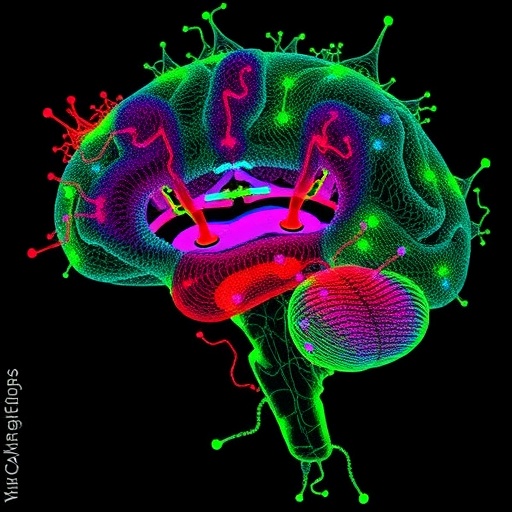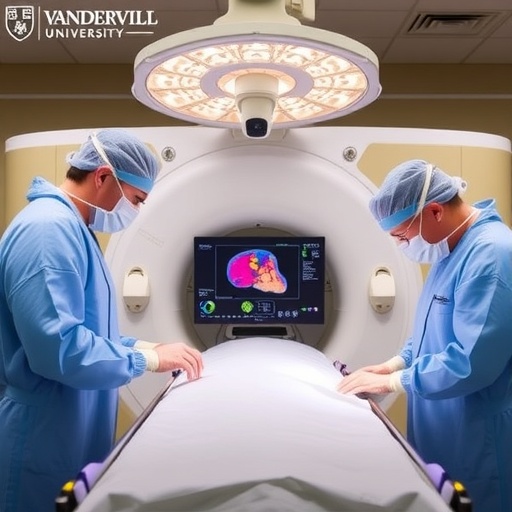CAMBRIDGE, Mass. — New research offers insights into how crystal dislocations — a common type of defect in materials — can affect electrical and heat transport through crystals, at a microscopic, quantum mechanical level.
Dislocations in crystals are places where the orderly three-dimensional structure of a crystal lattice — whose arrangement of atoms repeats with exactly the same spacing — is disrupted. The effect is as if a knife had sliced through the crystal and then the pieces were stuck back together, askew from their original positions. These defects have a strong effect on phonons, the modes of lattice vibration that play a role in the thermal and electrical properties of the crystals through which they travel. But a precise understanding of the mechanism of the dislocation-phonon interaction has been elusive and controversial, which has slowed progress toward using dislocations to tailor the thermal properties of materials.
A team at MIT has been able to learn important details about how those interactions work, which could inform future efforts to develop thermoelectric devices and other electronic systems. The findings are reported in the journal Nano Letters, in a paper co-authored by postdoc Mingda Li, Department of Mechanical Engineering head Professor Gang Chen, the late Institute Professor Emerita Mildred Dresselhaus, and five others.
Dislocations — which Li describes as "atomic irregularities in a regular crystal" — are very common defects in crystals, and they affect, for example, how heat dissipates through a silicon microchip or how well current flows through a silicon solar panel.
There have been two competing approaches to explaining phonon-dislocation interactions, Li explains, and a few other questions about them have remained unsolved. Now, the MIT team has found a new mathematical approach to analyzing such systems, using a new quasiparticle they formulated called a "dislon," which is a quantized version of a dislocation, which seems to resolve these longstanding mysteries.
"People have tried to learn how the dislocations change the material properties — the electrical and thermal properties," Li says. "Before now, there were many empirical models, which need fitting parameters to be complete. There was a long debate about the nature of phonon scattering in dislocations."
The new theory, Li says, has a different starting point, as it is based on rigorous quantum field theory. It seems to resolve a number of issues, including a debate between two views known as the dynamic and static scattering approaches, showing they are simply two extreme cases within this new framework. And while both of these approaches fail to explain behavior at the nanoscale, the new approach works well at such scales.
The findings could affect the search for better thermoelectric materials, which can convert heat to electricity. These are used for generating power from waste heat, or providing heaters for car seats. Thermoelectric systems can also provide cooling, for cold-drink chests, for example.
Chen, who is the Carl Richard Soderberg Professor of Power Engineering, attributes the new findings to Li's initiative. "I didn't put that much hope in it," Chen said. "It's a pretty complex problem: how dislocations affect these very important properties. … I was very surprised when he came back with this new theory. He started from basic principles and derived a quantum description for it."
###
The research team also included Zhiwei Ding, Jiawei Zhou, and Professor Hong Liu at MIT, and Qingping Meng and Yimei Zhu at Brookhaven National Laboratory. The work was supported by S3TEC, the Energy Frontier Research Center funded by the U.S. Department of Energy's Office of Basic Energy Sciences, and the Defense Advanced Research Projects Agency of the U.S. Department of Defense.
ADDITIONAL BACKGROUND
ARCHIVE: Electron-phonon interactions affect heat dissipation in computer chips
ARCHIVE: A new tool measures the distance between phonon collisions
Media Contact
Karl-Lydie Jean-Baptiste
[email protected]
617-253-1682
@MIT
http://web.mit.edu/newsoffice
############
Story Source: Materials provided by Scienmag





